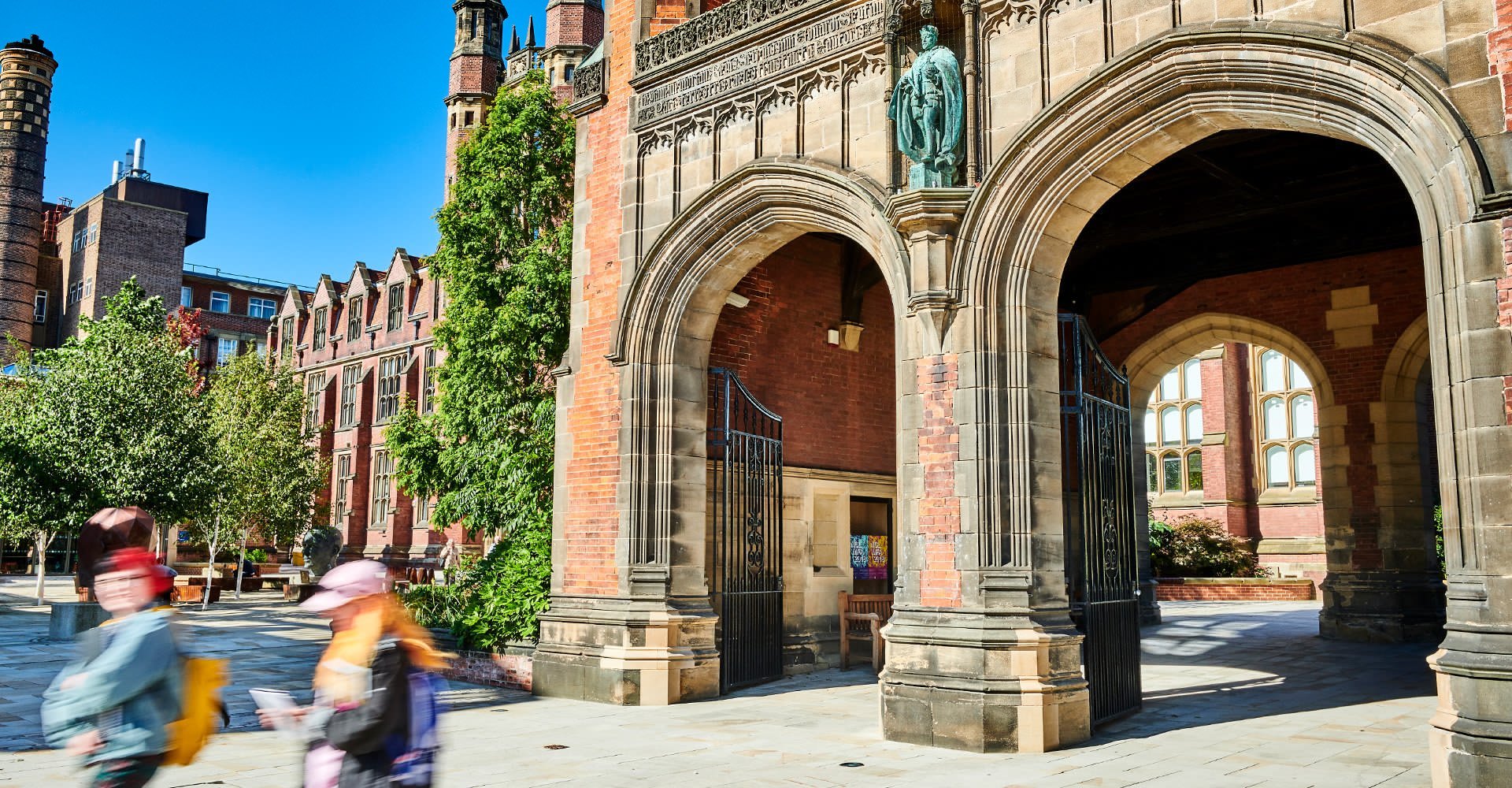ARC8069 : Housing Alternatives
- Offered for Year: 2025/26
- Module Leader(s): Dr Natalia Villamizar Duarte
- Co-Module Leader: Dr Julia Heslop
- Lecturer: Dr Laura Pinzon Cardona
- Owning School: Architecture, Planning & Landscape
- Teaching Location: Newcastle City Campus
Semesters
Your programme is made up of credits, the total differs on programme to programme.
| Semester 2 Credit Value: | 40 |
| ECTS Credits: | 20.0 |
| European Credit Transfer System | |
Aims
• To develop an understanding of the nature and processes involved in urban residential development and design
• To understand and incorporate principles of sustainable development and affordable housing into the design of new and existing residential/mixed areas.
• To gain insight into the master planning process and the application of design coding for larger sites, considering housing needs, community facilities, and viability.
Outline Of Syllabus
This module explores how high-quality affordable housing might be delivered in a UK context addressing both design and placemaking alongside broader aspects of housing development such as procurement, viability, planning considerations, and land assembly. The module comprises two components:
1. A design studio focusing on exploring alternative housing solutions that critically challenge the current reliance on the private sector. The module begins with a site visit, enabling students to familiarize themselves with the site and its context, history, and constraints, particularly in relation to the area's broader regeneration. This is followed by a site analysis and the critical appraisal of existing policies and the subsequent development of a master plan for the site where students are asked to test ideas around density, accessibility, and provision of services to propose new urban housing that will help to foster sustainable communities in the long term.
2. A blog writing component including a set of critical writing workshops where students will be encouraged to reflect on specific themes within and beyond the module.
The project incorporates both group and individual work, fostering creative dialogue among students, staff, and peers. The module is further enriched by a series of short lectures on topics relevant to the project brief.
Teaching Methods
Teaching Activities
| Category | Activity | Number | Length | Student Hours | Comment |
|---|---|---|---|---|---|
| Guided Independent Study | Assessment preparation and completion | 5 | 6:00 | 30:00 | Blog research and writing [a total of 5 written pieces 2 Blog Posts, 2 Comments and 1 reflexive summary are required for submission] |
| Scheduled Learning And Teaching Activities | Small group teaching | 8 | 6:00 | 48:00 | Group and individual design tutorial - present in person |
| Scheduled Learning And Teaching Activities | Small group teaching | 2 | 8:00 | 16:00 | Design reviews - present in person |
| Scheduled Learning And Teaching Activities | Workshops | 5 | 2:00 | 10:00 | Blog writing: guidance and feedback workshop - present in person |
| Guided Independent Study | Project work | 1 | 266:00 | 266:00 | Research and design development |
| Scheduled Learning And Teaching Activities | Fieldwork | 1 | 8:00 | 8:00 | Precedent site visit |
| Scheduled Learning And Teaching Activities | Fieldwork | 1 | 4:00 | 4:00 | Project site visit - present in person |
| Scheduled Learning And Teaching Activities | Module talk | 1 | 4:00 | 4:00 | Module introduction - present in person |
| Scheduled Learning And Teaching Activities | Module talk | 7 | 2:00 | 14:00 | Talk/lecture introducing topics relevant to the development of the project - present in person |
| Total | 400:00 |
Teaching Rationale And Relationship
The design studio is an integrative environment where students can synthesise knowledge from other modules and develop their understanding and skills in the context of a design problem set by tutors. Students are supported in their learning through briefings, lectures, group tutorials and critical reviews. Tutorials and reviews are also the principal means through which students receive feedback on their progress. Tutorials and the interim presentations, which is summatively assessed, help students achieve project milestones and receive comprehensive feedback from tutors.
The blog writing component of this module includes seminars and workshops designed to help students develop critical writing skills. These sessions will introduce alternative tools for effectively communicating critical reflections and arguments.
Assessment Methods
The format of resits will be determined by the Board of Examiners
Other Assessment
| Description | Semester | When Set | Percentage | Comment |
|---|---|---|---|---|
| Design/Creative proj | 2 | M | 30 | Interim review |
| Design/Creative proj | 2 | M | 60 | Final review |
| Computer assessment | 2 | M | 10 | Blog- 2 posts (between 300-400 words) and 2 comments minimum (between 150-250 words), 1 reflexive summary (500-word approximately) |
Assessment Rationale And Relationship
The development of design skills is assessed through the traditional method of critical review, where students give a visual and oral presentation of their work to an audience of tutors and peers. The work is discussed, and the tutors assess the work against the criteria set out in the project brief. These marks are moderated by another tutor or tutors. Feedback is given orally during the review and a set of written comments later.
In the blog writing component of this module, students will be assessed through regular blog posts, comments, and a reflective summary, which will be submitted as a single piece of coursework at the end of the semester. This work is assessed by tutors based on the criteria outlined in the component brief, and the marks are moderated by another tutor or tutors. Feedback is provided in the form of written comments.
Reading Lists
Timetable
- Timetable Website: www.ncl.ac.uk/timetable/
- ARC8069's Timetable
